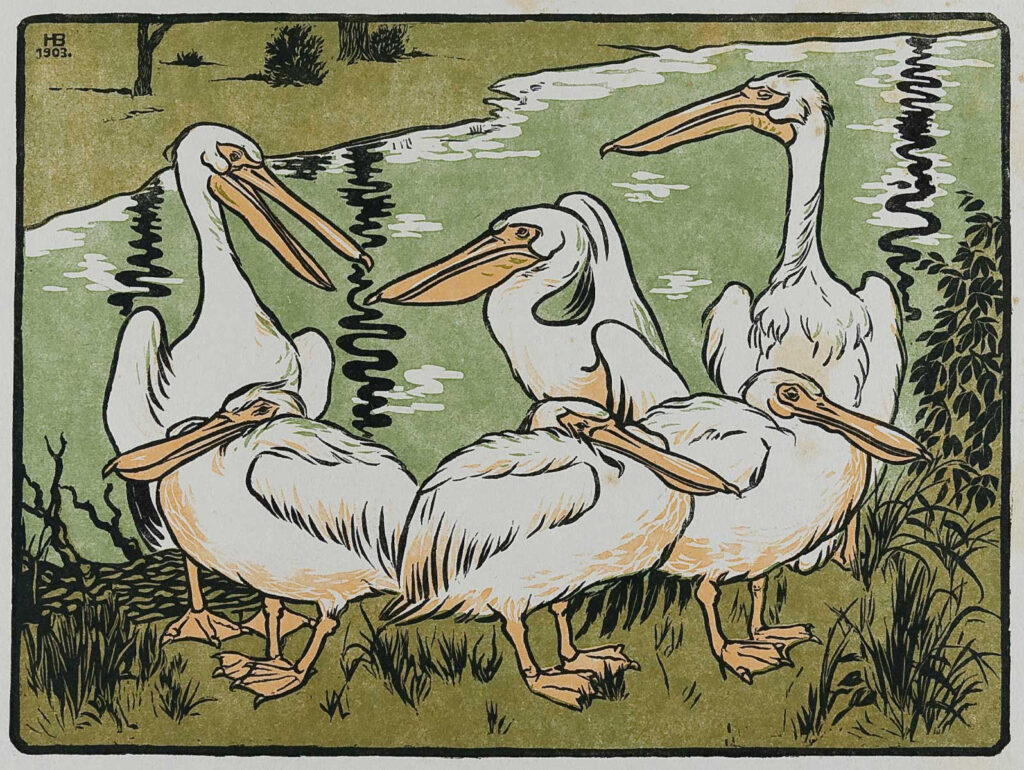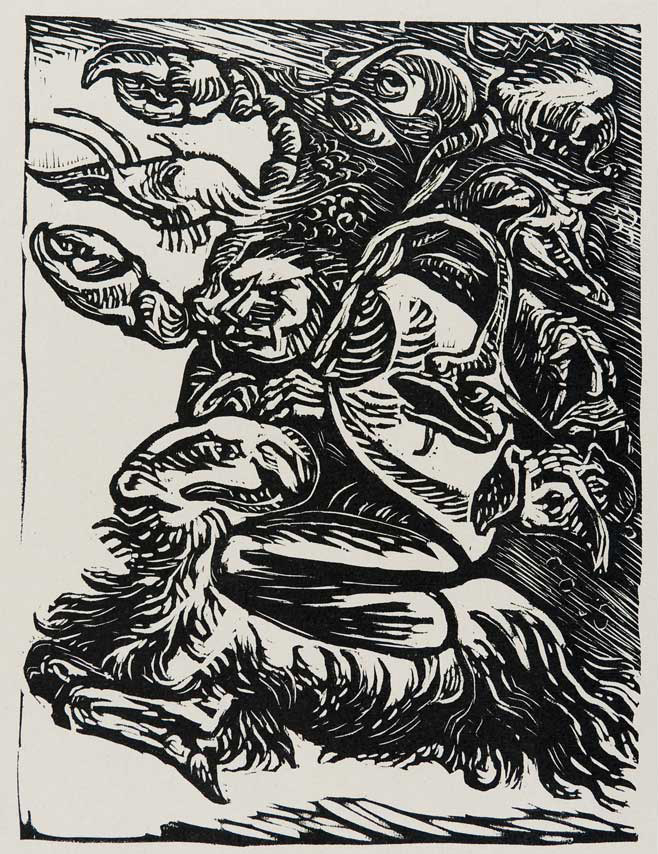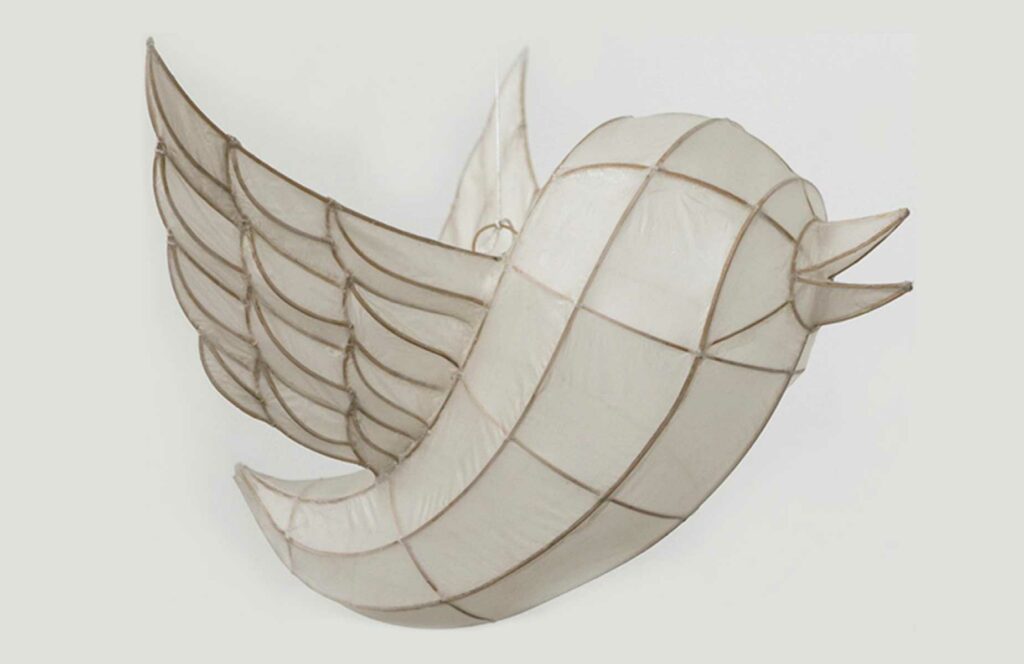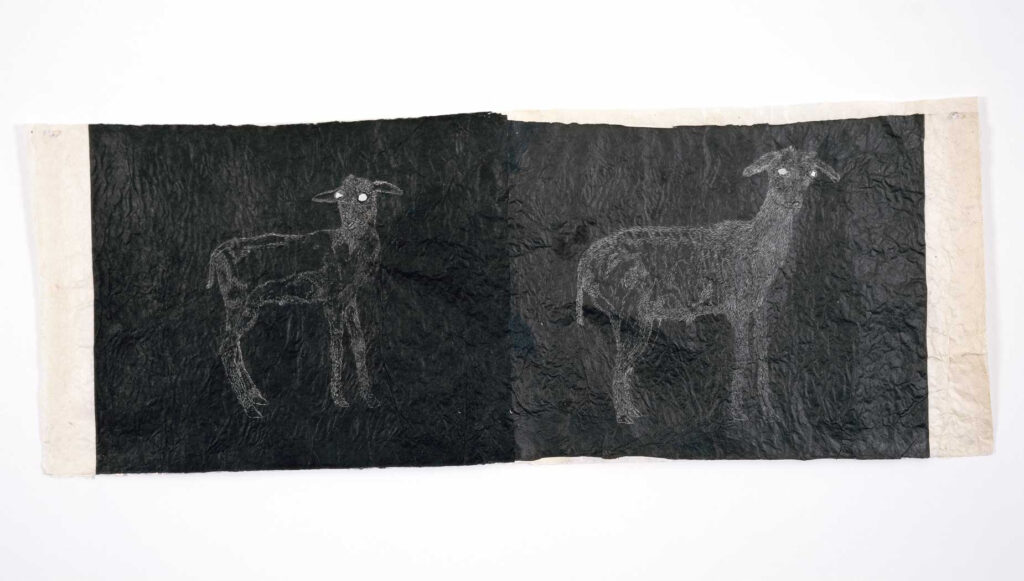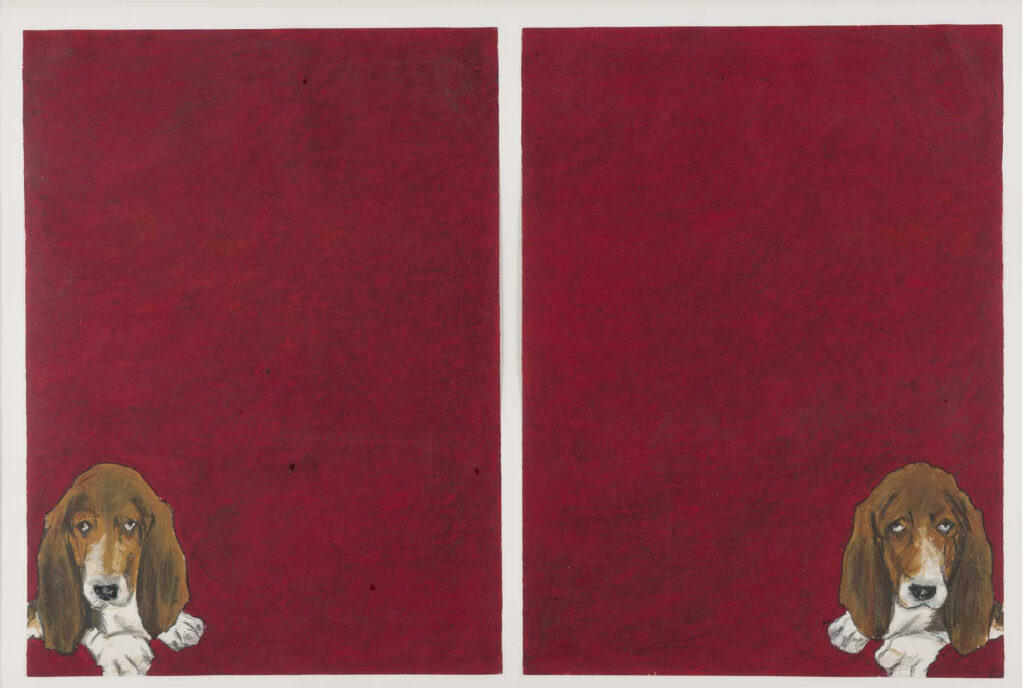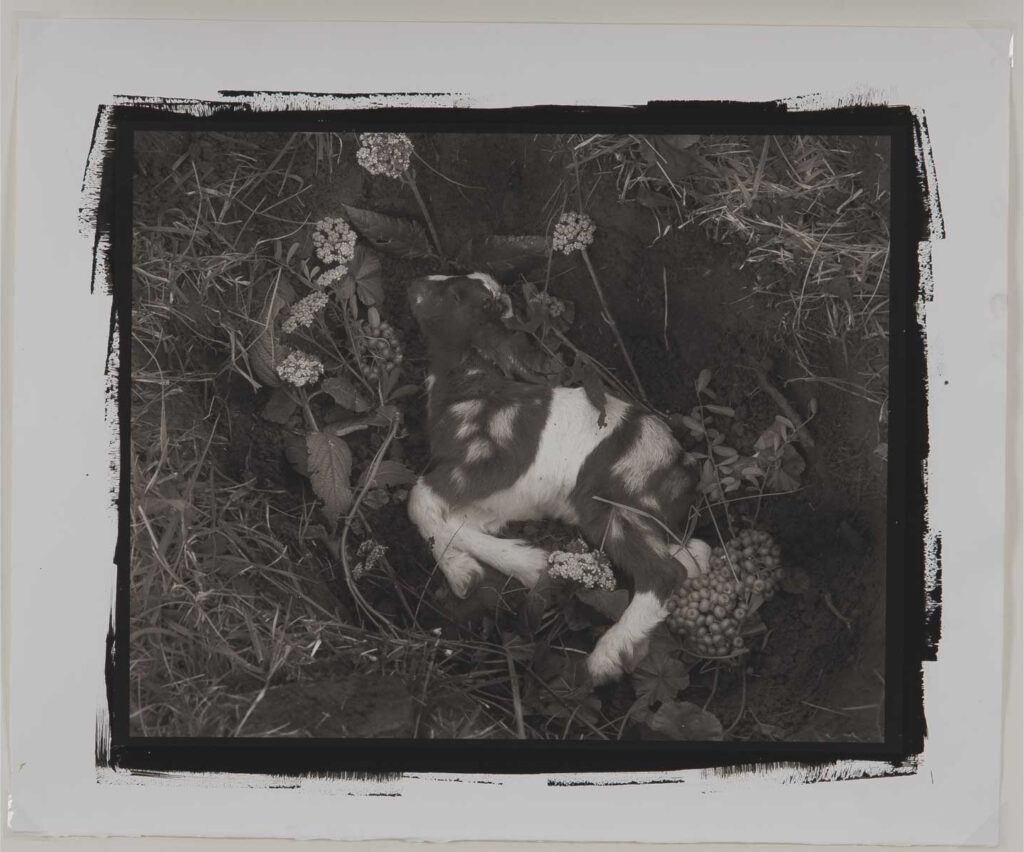The Guild and Ivy galleries will be awash with an array of beasts this summer. No cause for concern, however, as this menagerie consists solely of two- and three-dimensional representations of familiar animals, many of which are quite benign and intriguing. Drawn from the museum’s collection and arranged by species, the exhibition is a contemporary look at the old bestiary tradition. Both a literary and illustrative genre that originated in the ancient world, bestiaries served as a kind of natural history, cataloging known and mythological animals as well as providing moralizing allegories. The tradition continues in artwork by modern and contemporary artists who likewise use the appearance and habits of animals to comment on human behavior. This exhibition enlarges the concept of animals as symbols by also including depictions of beasts that evoke figurative expressions. A few of the artworks portray the animal kingdom in general, but most focus on a single beast: horses, lambs, apes, snakes, birds of prey and other fowl, whales, cows, and insects, as well as domesticated cats and dogs. Artworks range from Peter Agostini’s mythological wonder to Tom Rankin’s and Kiki Smith’s sacrificial lambs, and from Ai Weiwei’s nod to social media platforms to Anne Arnold’s anthropomorphic cats. This “zoo” is definitely worth a visit!
Organized by Elaine D. Gustafson, curator and head of collections and facilities.
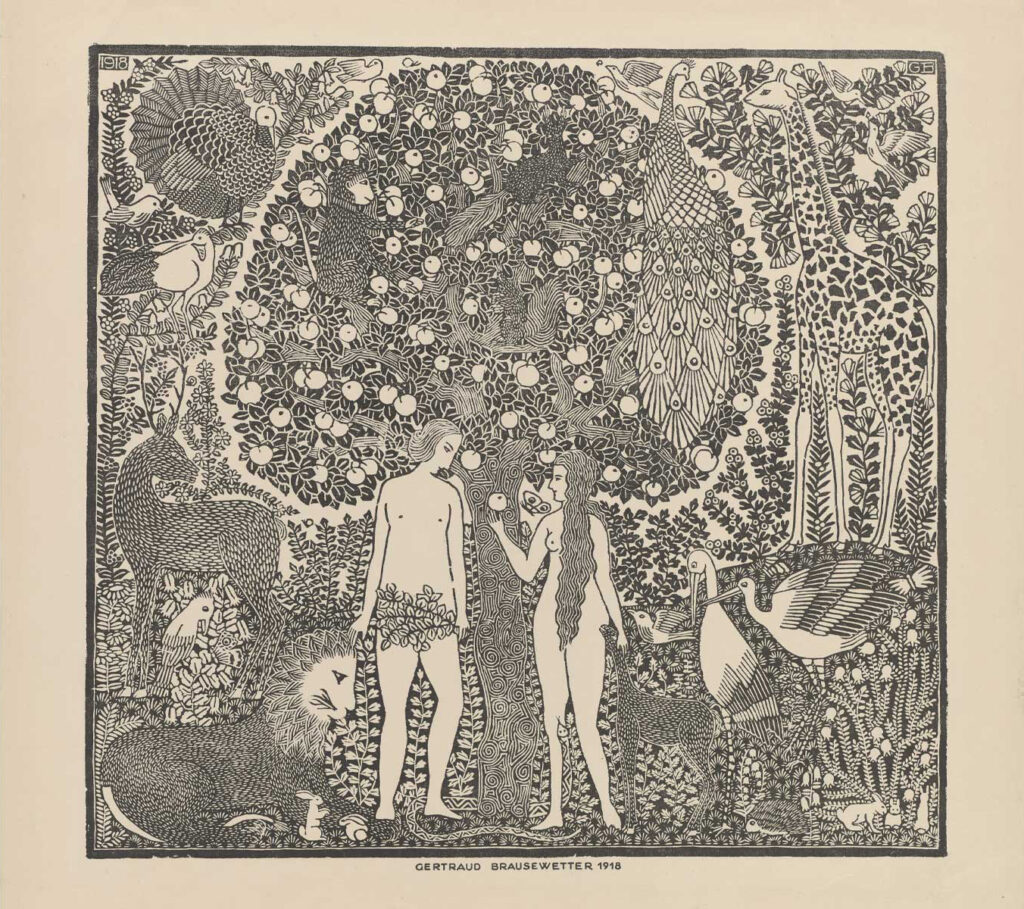
Gertraud Brausewetter
Austria, 1903-1992
Untitled (Adam and Eve),
1918
Woodcut on paper, unnumbered edition
14 ¾ x 15 ¾ in.
Weatherspoon Art Museum, UNC Greensboro. Bequest of Etta and Claribel Cone
1950.2170
This woodcut depicts the Biblical story when Eve offers Adam a bite of the fruit of knowledge of good and evil in the Garden of Eden. Depicted just prior to being expelled from paradise, the two figures commune harmoniously with a mélange of animals ranging from giraffe, lion, and deer, to birds of all kinds. The image’s profuse detail causes the viewer’s eye to move constantly around the composition, taking in the abundant information put forward by the diverse patterning.

